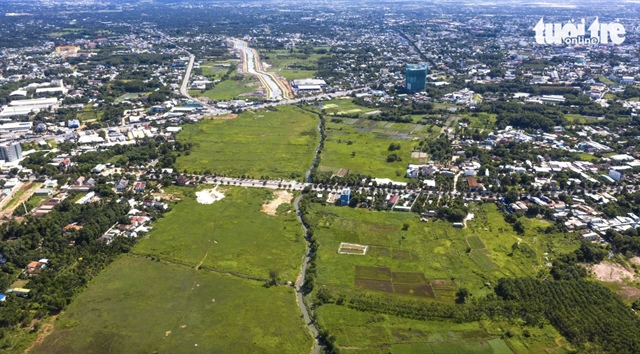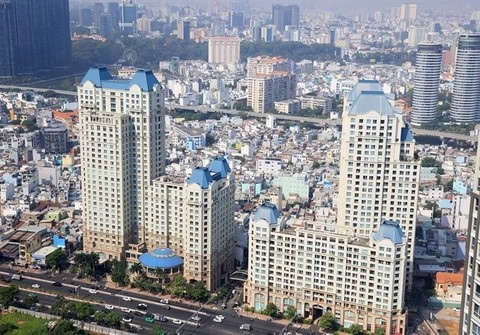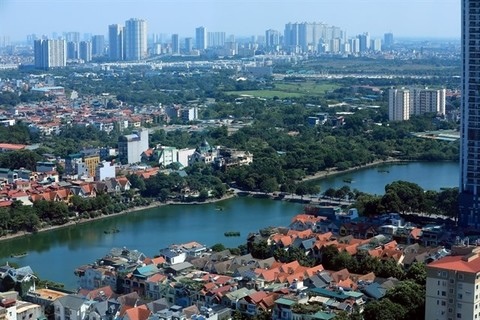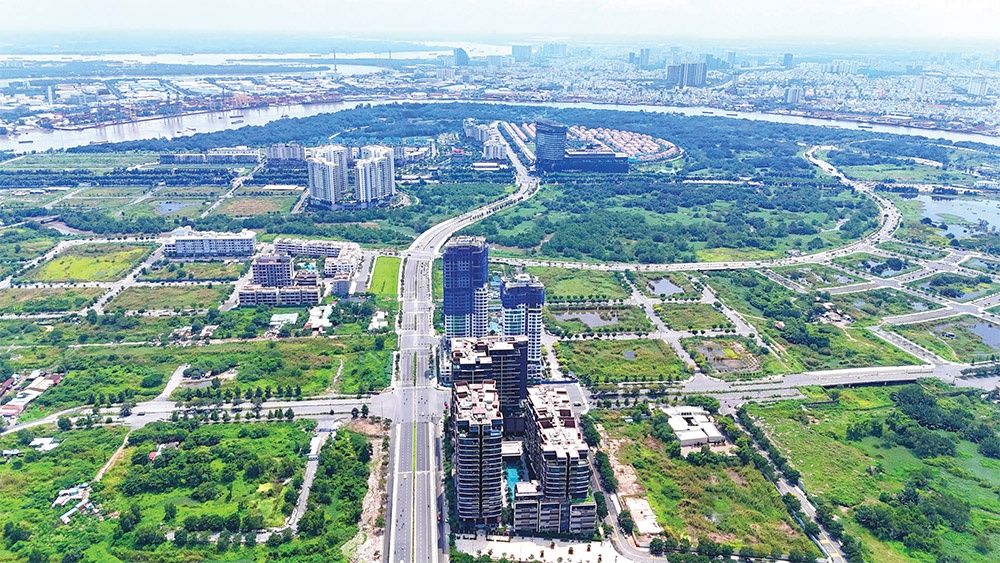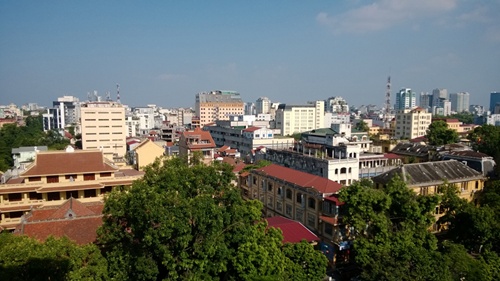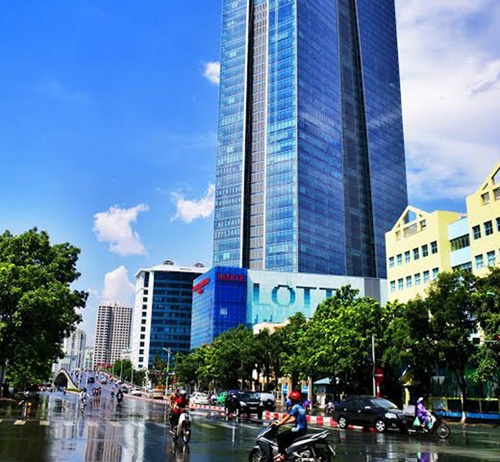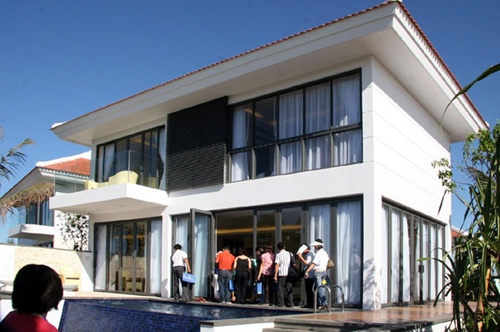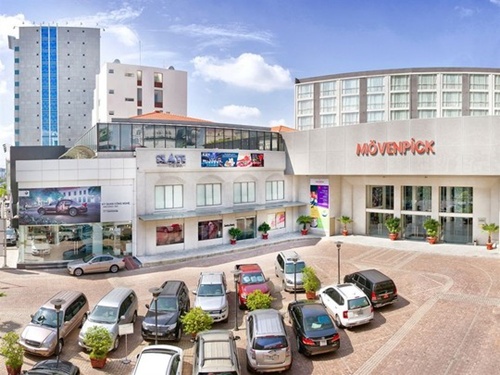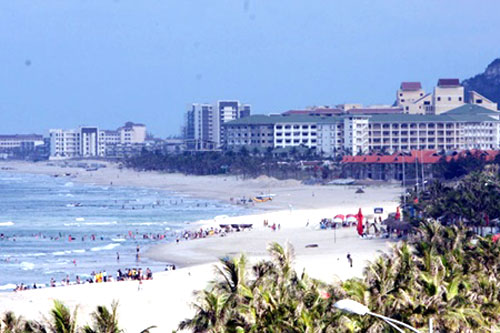Evaluation of office building in Vietnam
Evaluation of office building in Vietnam
One of the main concerns for office developers is how the quality of an office building is defined. Nguyen Thi Van Khanh, head of valuation Ho Chi Minh City from Savills Vietnam shared some key measures.

How to value an office building?
Real estate has long been one of the principal investment channels in Vietnam and internationally, together with stocks and bonds. In a country where inflation has been historically high, corporations, financial institutions and individuals view real estate as a low-risk vehicle that can hedge their returns and preserve capital. With a young population, high labour force participation rate and increasing affluence, commercial property is also a strategic investment for the future.
Consequently, the need to estimate market prices of property is obvious. A rational value, which is derived objectively and transparently, forms the basis for investors, both vendors and purchasers, to effectively execute transactions.
While prices of stocks and bonds can always be determined rapidly due to high liquidity on the stock exchange, the market value of an operating office building by contrast requires different methodology.
Book value – or estimation using cost approach
Book value, or the total cost of constructing and finishing the office block, can be equal to, or more or less than market value. Investors always anticipate that the property will have “appreciable gain” compared to the costs incurred, as investors expect a reasonable return against the initial investment. However, when developing a Grade A office building outside the central business district (CBD) with lower than economic rents, or undertaking construction when costs rocket due to interest rates or hyperinflation, or inefficient operation management, are all factors which may lower returns to below the total cost. Then, book value cannot reflect market value, as this is defined by market supply and demand.
Direct comparison method: limited liquidity and vague transaction details in real estate
Limited liquidity relative to that of listed stocks is consistently a feature of property investment in Vietnam. Office buildings are no exception. There have been very few recent office transactions in HCMC, Gemadept, Union Square and Saigon Tower are noteworthy. Often the transaction details are not available and with no public Land Registry, obtaining accurate transaction details is difficult.
Income approach: Who is right? The market or investors?
A further method that accurately captures the income earning potential of the asset and therefore its added value is also useful. Income capitalisation calculates the assets value using annual net income and an appropriate capitalisation rate, or discount rate. This rate can be compared across different asset classes such as stocks, gold, foreign exchange so that a true investment comparison can be made.
WACC
Many financial analysts in Vietnam employ the WACC method (weighted average cost of capital) to derive their discount rates for valuations. WACC relates to the capital structure of the entity, or cost of debt and expected return of equity. Investors are implicitly rational when using this way of deriving their entities worth but is it the market value? WACC is based on the particular returns relative to the particular enterprise only, not the market as a whole. This is why the assessment of a property to an enterprise at their WACC may vary across investor types, such one financed by 100% equity and one financed by 100% debt. Investors have diverse motives and structures, the WACC is merely indicating what the hurdle rate is, not what the market will bid for a property.
Analysis of existing transactions
Market yields are the best method of deriving an investment grade assets value. The capitalisation rate obtained from market analysis indicates the expected return of investing in an operating property, and is not affected by capital structure or subjective required return of investors. This rate also reflects an acceptable market based investment return.
An example was the recent transaction of Gemadept Tower, located on Le Thanh Ton Street, District 1, Ho Chi Minh City. This property sold in November 2013 for $45 million.
To derive the capitalisation rate of this asset, first current market returns for various elements need to be ascertained, such as market rentals being approximately USD$30 per square metre, operating expenses, agency fees, incentives, letting up allowance, capital expenditure, and so forth. These variables require market based returns, not merely historical operational data. After analysis a capitalisation rate can then be derived, in this case approximately 10 per cent. This market based yield can then be applied against other properties to derive their market value.
vir


